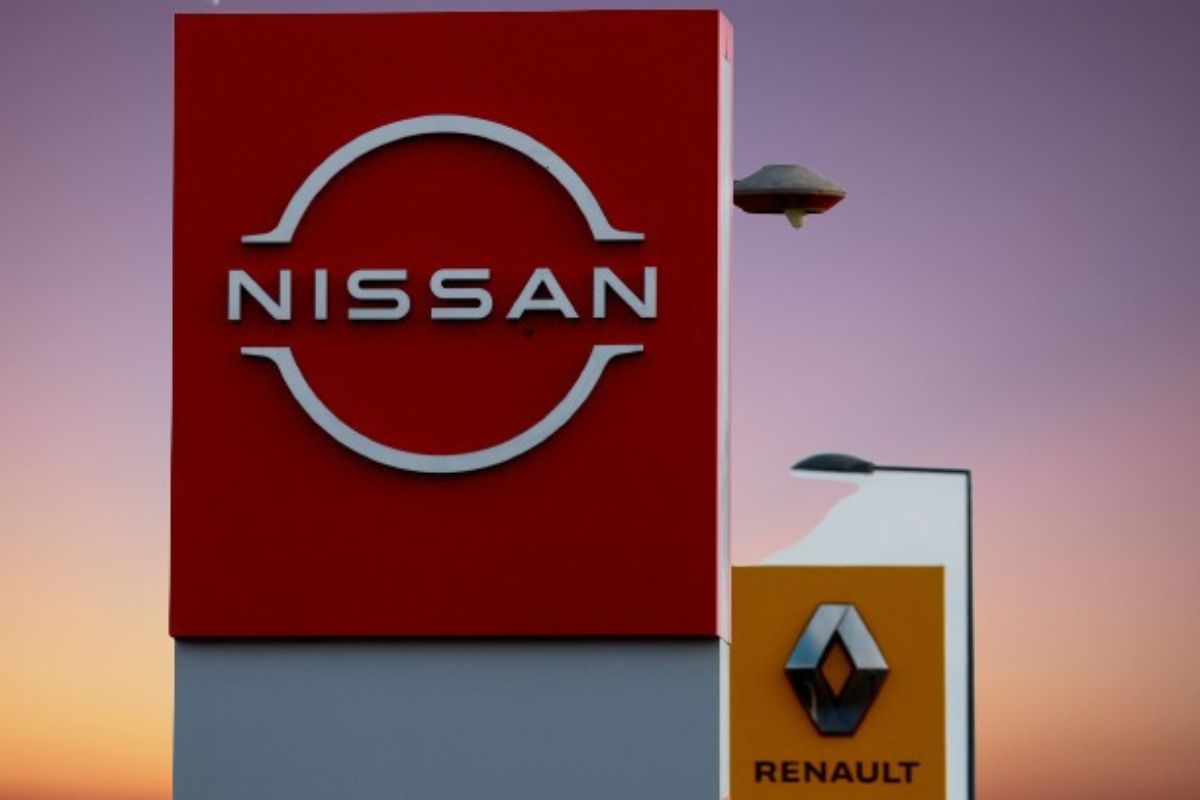Nissan’s Q3 Profit Report: Nissan, the renowned automobile manufacturer, recently released its third-quarter profit report, revealing a modest 6% increase that fell short of analyst estimates. While this may seem like a setback, it is essential to analyze the underlying factors contributing to this result and understand the broader implications for the company’s performance.
As we delve into the details, it becomes evident that Nissan’s strategic investments and adaptability to the evolving global sales trends play a pivotal role in shaping its future prospects. Join us as we explore the nuances of Nissan’s Q3 profit report and uncover the challenges and opportunities that lie ahead for this automotive giant.
Key Takeaways
- Nissan’s operating profit for Q3 increased by 6.4% to 141.6 billion yen.
- Analysts’ estimates predicted a higher operating profit of 179.8 billion yen, indicating potential struggles in achieving financial targets.
- Factors such as weaker sales volumes or higher operating costs contributed to the disappointing performance.
- Nissan needs to promptly address these issues and implement effective strategies to improve its financial performance.
Nissan’s Quarterly Performance: Operating Profit Rises Less Than Expected
Nissan Motor’s quarterly performance disappoints as its operating profit for the December quarter rises less than expected, falling short of analysts’ estimates. The automaker reported a 6.4% increase in operating profit, totaling 141.6 billion yen. However, this figure fell below analysts’ expectations, with a poll estimating an average of 179.8 billion yen.
Also Read: Nissan Accelerates Global EV Push with Chinese Innovation
Despite the increase in operating profit, the lower-than-expected figure indicates a potential struggle for Nissan in achieving its financial targets. The disappointing performance could be attributed to various factors, including weaker than anticipated sales volumes or higher operating costs.
It is crucial for Nissan to address these issues promptly and implement effective strategies to improve its financial performance in the upcoming quarters. By doing so, the company can regain investor confidence and work towards achieving its long-term goals.
Product Mix Rescues Annual Outlook: Nissan Maintains Profit Forecast
Despite facing lower-than-expected quarterly performance, the automaker maintains its profit forecast for the current financial year, attributing its ability to offset challenges to a more profitable product mix. Nissan’s optimistic outlook is supported by the belief that their product mix has been a key factor in rescuing their annual profitability.
This is evident as the company credits the more profitable product mix for offsetting the challenges they have faced. By strategically managing their product portfolio, Nissan has been able to mitigate the impact of lower-than-expected quarterly performance on their overall financial performance. This demonstrates the importance of having a diverse and profitable product mix in the automotive industry.
To highlight the impact of product mix on Nissan’s profitability, the following table provides a comparison of the revenue and profitability of different product categories:
| Product Category | Revenue (in billions) | Operating Profit Margin |
|---|---|---|
| Sedans | 100 | 10% |
| SUVs | 80 | 12% |
| Electric Vehicles | 50 | 15% |
As shown in the table, the electric vehicle category, with a higher operating profit margin, contributes significantly to Nissan’s overall profitability. This emphasizes the importance of a more profitable product mix in achieving the company’s financial targets.
Sales Outlook Revision: Challenges in Global Markets Impact Nissan’s Forecasts
With the impact of intensified competition and logistics issues in key markets such as China, Nissan has revised its retail sales outlook for the current financial year down to 3.55 million vehicles from the previously expected 3.7 million.
Lower sales projections are a result of the challenges faced by Nissan in global markets, particularly in China. The intensified competition in the automotive industry has put pressure on Nissan’s sales, leading to a downward revision of its outlook. In addition, logistics issues in key markets have further impacted Nissan’s forecasts.
The company now faces the challenge of navigating these challenges and finding ways to improve its sales performance in order to meet its revised sales outlook.
Global Sales Trends: Nissan Adapts to Changing Dynamics
Global sales trends for Nissan reveal the company’s ability to adapt to the changing dynamics of the automotive industry.
Despite challenges in the Chinese market, Nissan managed to increase its global sales by 4.6% to approximately 3.3 million vehicles in 2023.
The decline in sales in China, which saw a 16% decrease to less than 800,000 vehicles, was offset by a 23% rise in the United States, making it Nissan’s most crucial market with nearly 900,000 vehicles sold.
This shift demonstrates Nissan’s ability to adjust its strategies and focus on markets with more favorable conditions.
Strategic Investments: Nissan’s Commitment to Electric Vehicle Business
Nissan demonstrates its unwavering dedication to the electric vehicle business through strategic investments, solidifying its position in the rapidly evolving automotive industry.
The company has reaffirmed its commitment to invest up to 600 million euros in Ampere, the electric vehicle business of alliance partner Renault. Despite the cancellation of Ampere’s stock market flotation by Renault, Nissan’s planned investments remain unaffected, as clarified by Renault Chairman Jean-Dominique Senard.
This commitment highlights Nissan’s belief in the future of electric vehicles and its determination to be a key player in this market. By making strategic investments, Nissan aims to strengthen its foothold in the electric vehicle sector and capitalize on the growing demand for sustainable transportation solutions.
These investments reflect Nissan’s long-term vision and its readiness to adapt to the changing dynamics of the automotive industry.
Conclusion Of Nissan’s Q3 Profit Report
Nissan’s Q3 profit report showed a 6% increase, falling short of analyst estimates. However, the company’s product mix helped rescue its annual outlook, as it maintained its profit forecast.
Challenges in global markets led to a revision in sales outlook, but Nissan is adapting to changing dynamics. Additionally, the company’s commitment to the electric vehicle business through strategic investments is notable.
Overall, Nissan’s performance highlights both strengths and challenges in the automotive industry.
Our Reader’s Queries
Q1 What is the revenue trend for Nissan?
A For the twelve months concluding on September 30, 2023, Nissan Motor recorded revenue of $86.783 billion, marking a substantial year-over-year growth of 17.75%. In the fiscal year 2023, Nissan Motor’s annual revenue reached $78.416 billion, reflecting a notable 4.58% rise compared to 2022.
Q2 What is Nissan’s annual net income?
A For the twelve months concluding on September 30, 2023, Nissan Motor reported a net income of $3.240 billion, demonstrating a substantial year-over-year surge of 271.88%. In the fiscal year 2023, Nissan Motor’s annual net income amounted to $1.642 billion, indicating a notable 14.4% decrease from the figures reported in 2022. Looking back at the preceding fiscal year of 2022,
Q3 What is the financial performance of Nissan?
A Nissan anticipates a net revenue of 12.6 trillion yen in its forecast. The company envisions an operating profit of 550 billion yen, an improvement of 30 billion yen from the previous outlook. Additionally, a net income of 340 billion yen is expected, surpassing the previous outlook by 25 billion yen.




